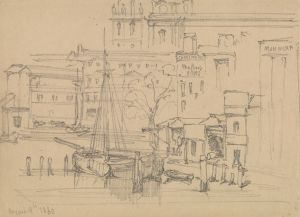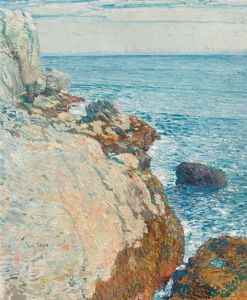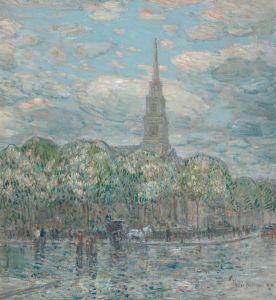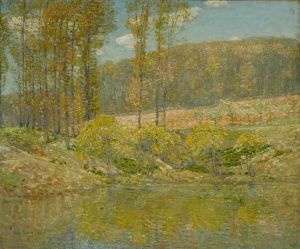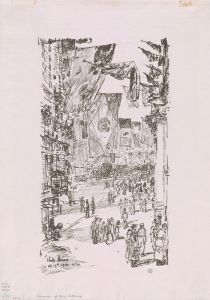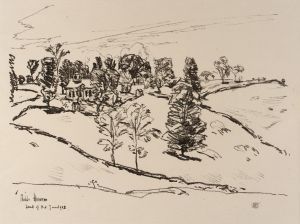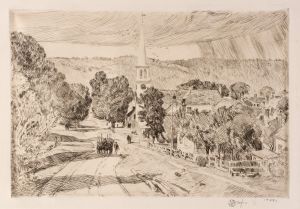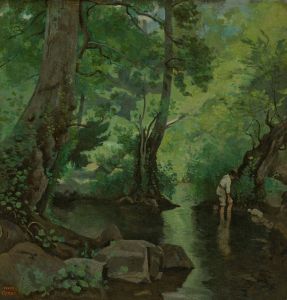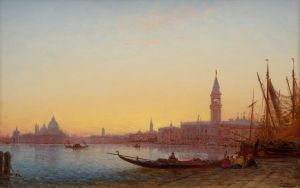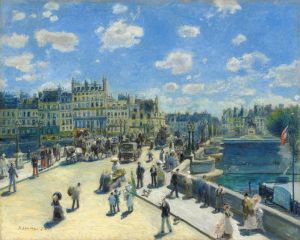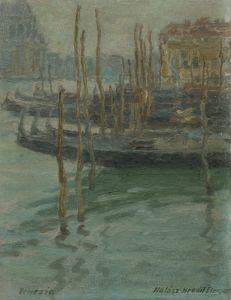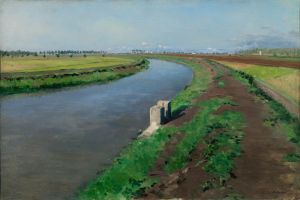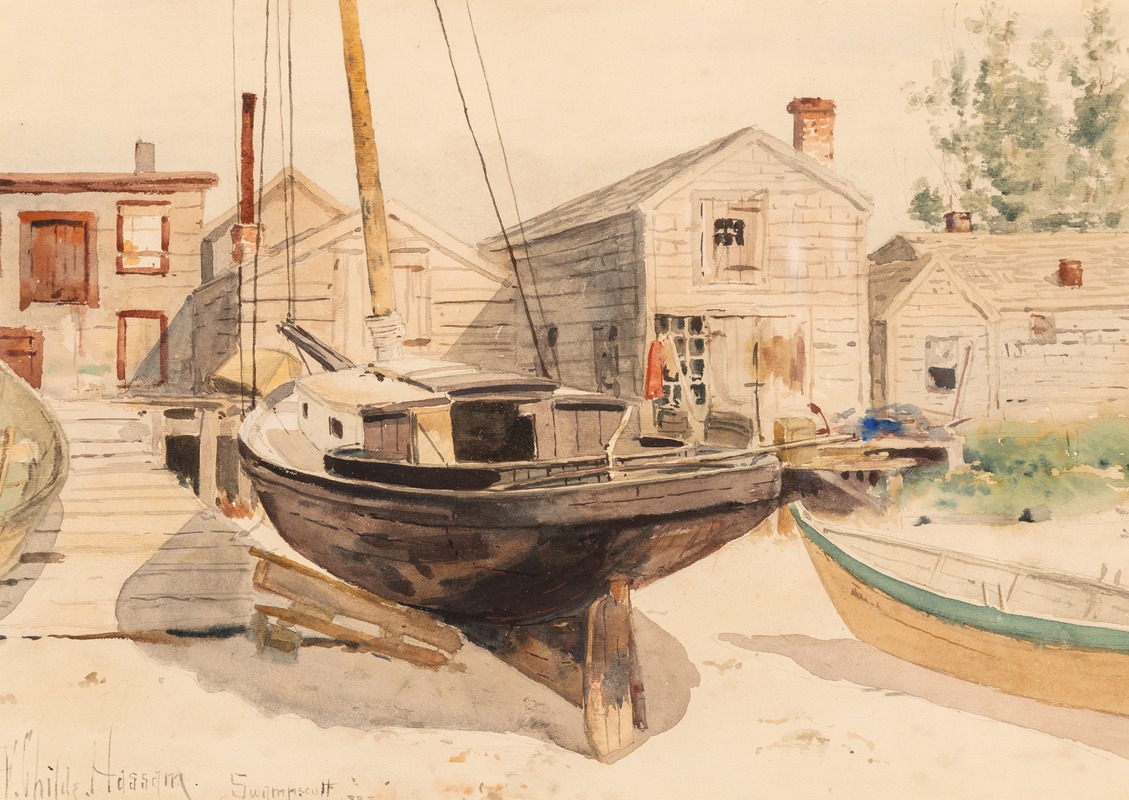
Fishhouses Swampscott
A hand-painted replica of Childe Hassam’s masterpiece Fishhouses Swampscott, meticulously crafted by professional artists to capture the true essence of the original. Each piece is created with museum-quality canvas and rare mineral pigments, carefully painted by experienced artists with delicate brushstrokes and rich, layered colors to perfectly recreate the texture of the original artwork. Unlike machine-printed reproductions, this hand-painted version brings the painting to life, infused with the artist’s emotions and skill in every stroke. Whether for personal collection or home decoration, it instantly elevates the artistic atmosphere of any space.
"Fishhouses, Swampscott" is a painting by the American Impressionist artist Childe Hassam. Born in 1859 in Dorchester, Massachusetts, Hassam became one of the foremost figures in American Impressionism, known for his vibrant use of color and light. His works often capture the essence of American life in the late 19th and early 20th centuries, with a particular focus on urban and coastal scenes.
The painting "Fishhouses, Swampscott" is believed to have been created during the late 19th century, a period when Hassam was actively exploring the New England coast. Swampscott, a town located in Essex County, Massachusetts, was a popular subject for Hassam, who was drawn to its picturesque landscapes and the interplay of light on water. This painting exemplifies Hassam's ability to capture the serene beauty of the coastal environment, a recurring theme in his body of work.
In "Fishhouses, Swampscott," Hassam employs his characteristic Impressionist style, using loose brushstrokes and a vibrant palette to depict the fishhouses along the coast. The painting reflects the influence of French Impressionism, which Hassam had encountered during his time in Paris from 1886 to 1889. This influence is evident in his treatment of light and atmosphere, as well as his focus on everyday scenes.
The composition of the painting is carefully balanced, with the fishhouses positioned in the foreground and the expansive sea stretching out behind them. Hassam's use of color is particularly noteworthy; he captures the subtle variations of light reflecting off the water and the weathered surfaces of the buildings. The painting conveys a sense of tranquility and timelessness, inviting viewers to appreciate the simple beauty of the coastal setting.
Hassam's work, including "Fishhouses, Swampscott," played a significant role in the development of American Impressionism. His paintings were well-received during his lifetime, and he exhibited widely both in the United States and abroad. Today, Hassam is regarded as one of the leading American Impressionists, and his works are held in major museums and collections around the world.
"Fishhouses, Swampscott" is an excellent example of Hassam's ability to blend American subject matter with the techniques of European Impressionism. The painting not only captures a specific location but also evokes the broader themes of nature, light, and the passage of time that are central to Hassam's oeuvre. Through his art, Hassam offers a window into the American landscape of his era, celebrating its beauty and diversity.
While specific details about the provenance and exhibition history of "Fishhouses, Swampscott" may not be extensively documented, the painting remains an important part of Hassam's legacy. It continues to be appreciated by art historians and enthusiasts for its artistic merit and its contribution to the American Impressionist movement.





